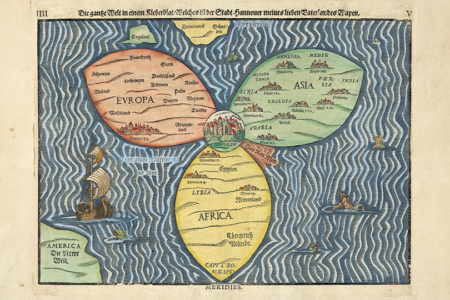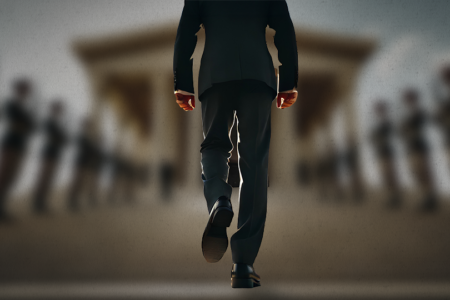The Gospel According To Esther
The careful reader of the book of Esther will see beneath the historical events a beautiful and, I believe, intentional presentation of the Gospel.
Haman, the archenemy of Esther and the Jewish people, is called the adversary (Esther 7:6). Satan is also called the adversary (1 Pet. 5:8).
A decree is sent out specifying that on a certain day all the Jews in the Persian Empire – young and old, men and women – were to die (Esther 3:13). The New Testament declares that “. . . it is appointed unto men once to die . . .” (Heb. 9:27).
Queen Esther, acting as an intercessor, went into the presence of King Ahasuerus, while he was in the inner chamber, to intercede for her people. This occurred on the third day after her verbal commitment to do so (Esther 5:1), and typifies death and resurrection. The extension of the king’s scepter indicated favor and acceptability (Esther 5:2). This closely parallels the death, burial and resurrection of Christ which indicated acceptability by God of Christ’s priestly intercession on our behalf (Heb. 4: 14-16).
Queen Esther’s intercessory work for her people was immediately confronted with a problem. Babylonian rulers were absolute monarchs – they could do whatever they wished. Not so, the Persians. Persian law could not be reversed (Esther 8:8). Therefore, the decree sent out to kill all the Jews on a certain day could not be changed. However, the first decree did not disallow a second decree – one which permitted the Jews to defend themselves (Esther 8:9-14). Although the first decree could not be rescinded, a second could be sent out to overcome the first. The Gospel teaches that a first decree has been sent out. It says, “. . . the soul that sinneth, it shall die” (Ezek. 18:4). That decree has never been negated or rescinded. But, a second decree has gone out, “Believe on the Lord Jesus Christ, and thou shalt be saved . . .” (Acts 16:31).
If the Jewish people living in the Persian Empire did not accept the first decree, they would not have appropriated the deliverance made available by the second decree. Today, only if men realize that they are sinners under the judgment of a holy God, will they ever, by faith, appropriate the redeeming work of Christ on Calvary.
Editor







